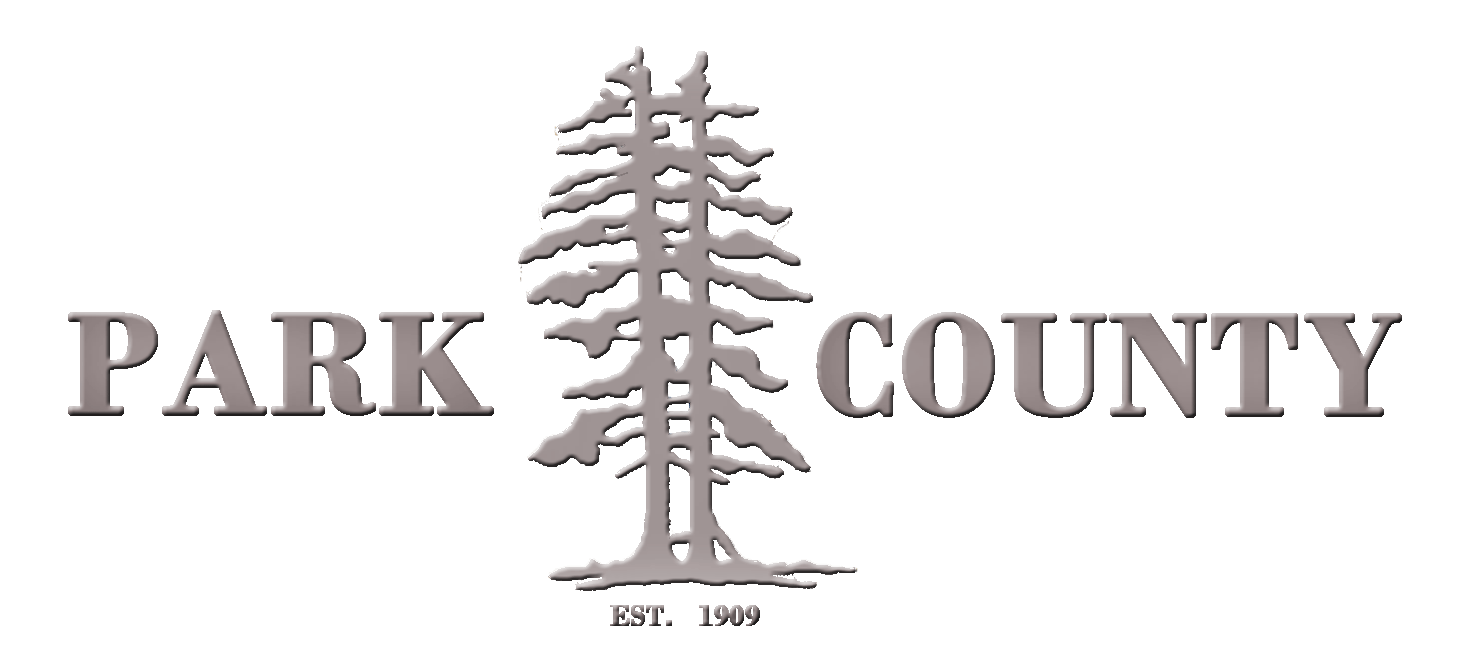History of Park County
Prior to Wyoming becoming a territory in 1868, the principal area of Wyoming, including the area later to become Park County, was comprised of Laramie County and the Dakota Territory. During Wyoming’s territorial days, Park County was briefly Carter County which was later changed to Sweetwater County. In 1884, Park County was governed under Fremont County until 1896 when it became a part of Big Horn County. It was during this period in 1890 that Wyoming became a state. Park County was established in 1909 but was not organized until 1911. Construction on the Park County Courthouse began in 1911 and was completed in 1912. An addition was completed in 1983 and the original courthouse was restored in 1985.
Park County encompasses 3,349,120 acres of land, the majority of which is held under state or federal control, with only 23% privately owned. Most of the Shoshone National Forest, the first national forest, and a portion of Yellowstone National Park, the first national park, fall within Park County boundaries. Park County is located in the northwestern section of the State of Wyoming. It is the fifth largest county in area: ninety-two miles across its western boundary, sixty-nine miles across its northern boundary and it contains 5,233 square miles. It has the ninth largest population in the state. Three rivers flow through Park County: the Greybull and Shoshone Rivers which are tributaries to the Big Horn River, and the Clark’s Fork River which flows into the Yellowstone River. Three hard-surfaced highways serve Park County: U.S. Highway 14-16-20 east and west, U.S. Highway 14 Alternate, and Wyoming 120 north and south.
The major industries of Park County are tourism, service industries, retail trade, and construction.
The three largest communities in Park County are Cody, Powell and Meeteetse. Clark, Garland, Ralston and Wapiti are smaller, unincorporated towns. The western portion of Frannie is also part of Park County. Notable ghost towns of Park County include: Marquette, which is now under the Buffalo Bill Reservoir; Kirwin, a turn-of-the-century mining camp above Meeteetse; Arland, a wide-open frontier town that predated Meeteetse; Wiley, the center of a failed irrigation project; and the Elk Basin oil field camp. The Japanese Relocation Center was established in the Heart Mountain farming area halfway between Powell and Cody in August, 1942 and operated until November, 1945. Nearly eleven thousand evacuees were interned there making it the 3rd largest city in Wyoming.
For further information on Park County visit the Historical Archives page , Buffalo Bill Center of the West, or Wyoming County Profiles
County Statistics
Below are statistics taken from Census.gov:
- Population, Census, July 1, 2023 = 30,735
- Population, Census, April 1, 2020 = 29,624
- Population, Census, April 1, 2010 = 28,205
- Veterans, 2015-2019 = 2,449
- Housing units, July 1, 2023, (V2023) = 15,244
- Housing units, July 1, 2019, (V2019) = 14,693
- Median value of owner-occupied housing units, 2018-2022 = $329,500
- Median value of owner-occupied housing units, 2015-2019 = $268,500
- Median gross rent, 2018-2022 = $877
- Median gross rent, 2015-2019 = $882
- Households with a computer, percent, 2015-2019 = 93.8%
- Households with a broadband Internet subscription, percent, 2015-2019 = 85.7%
- High school graduate or higher, persons age 25 years+, 2015-2019 = 95.5%
- Mean travel time to work (minutes), workers age 16 years+, 2015-2019 = 15.9
- Median household income (in 2022 dollars), 2018-2022 = $66,754
- Median household income (in 2019 dollars), 2015-2019 = $63,582
- Population per square mile, 2020 = 4.3
- Population per square mile, 2010 = 4.1
